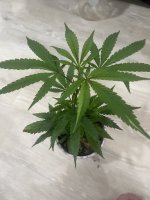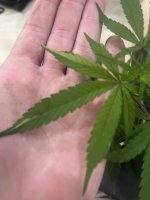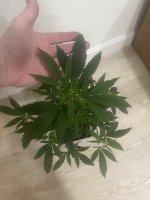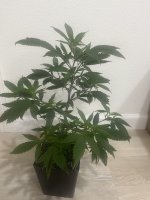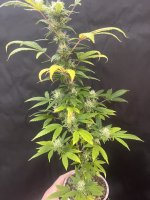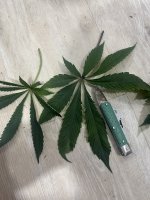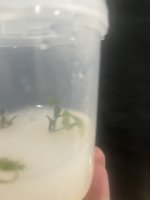If anyone is interested here's a great thread from the research that was done by BuddhaSeeds on polyploidy
New study about polyploid
NEW STUDY ON POLYPLOID For those whom don't know us, we are Buddha Seeds; a Spanish seed bank focused on the research and development of cannabis strains. We are especially well-known for our autoflowering varieties. We have been interested in polyploid for a long time since, it´s supposed...
www.icmag.com
Last edited:

